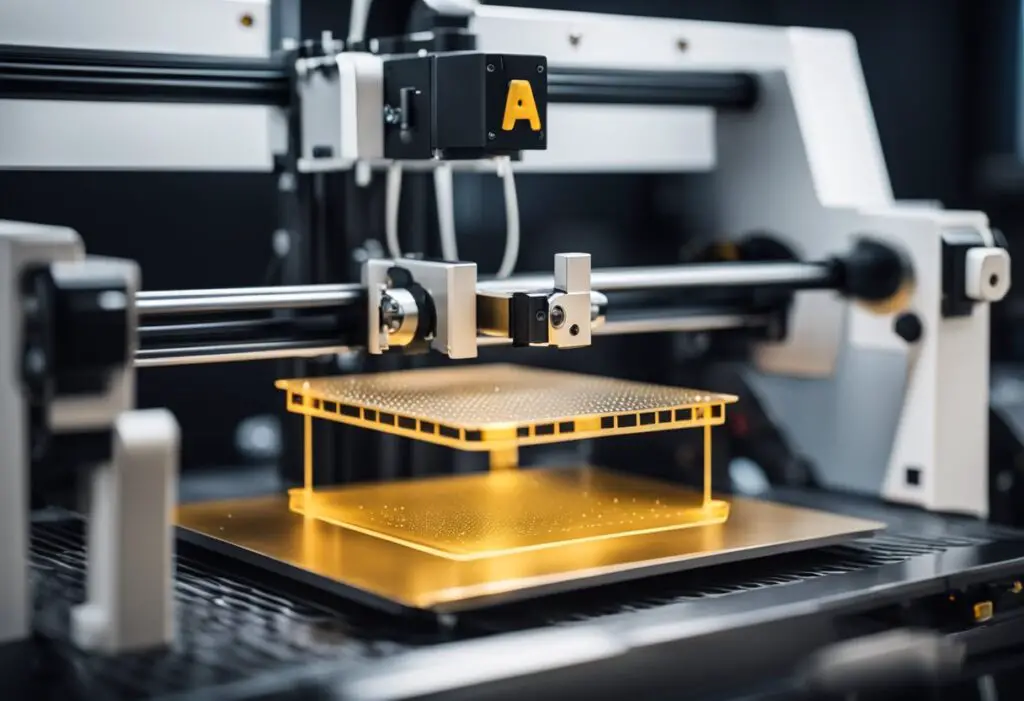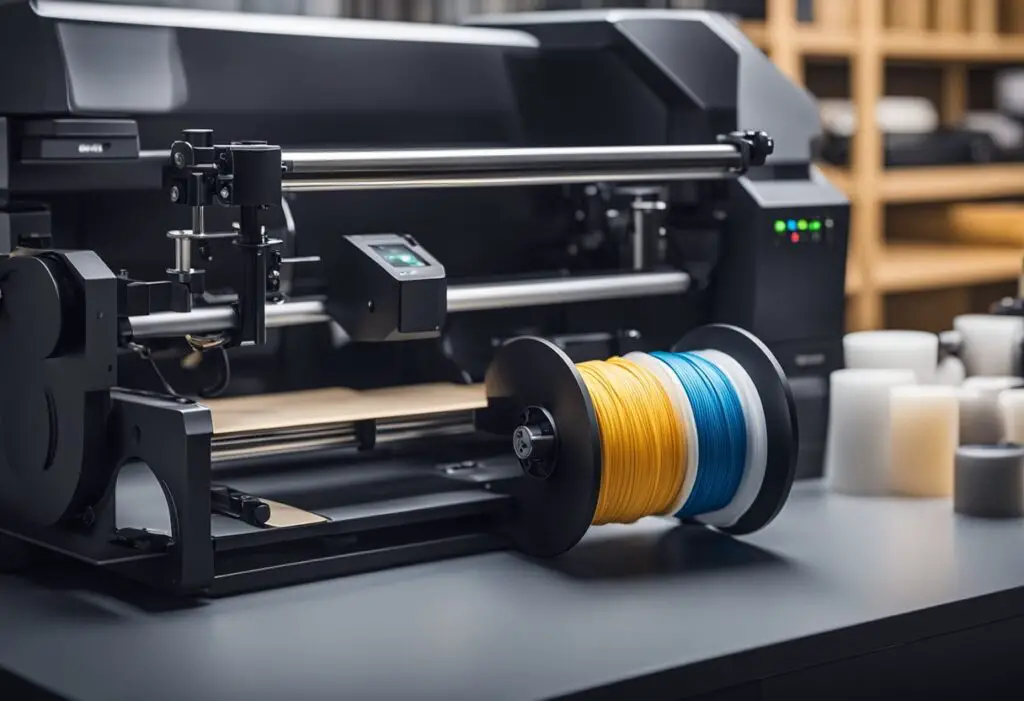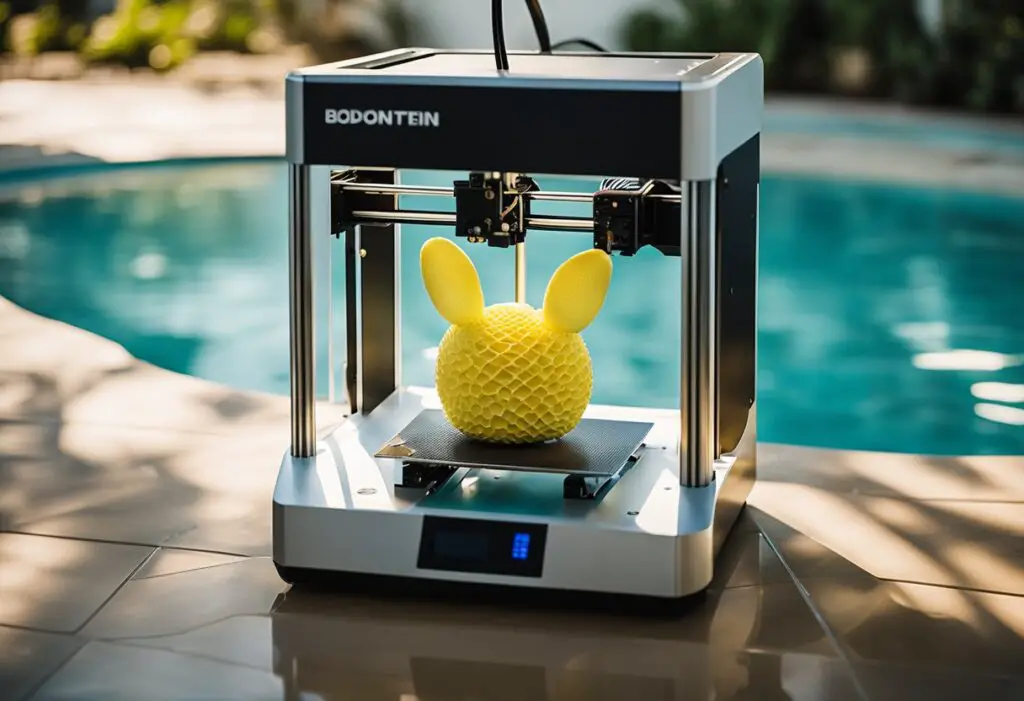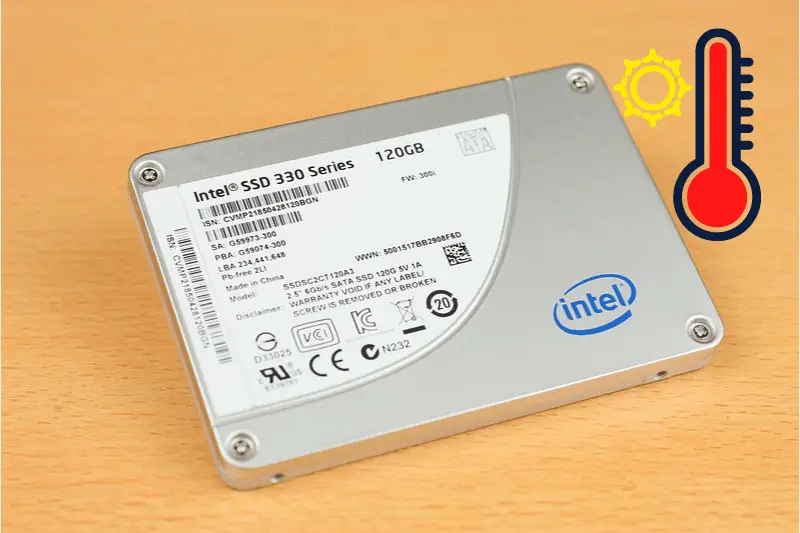3D printing has revolutionized the manufacturing industry, offering endless possibilities regarding materials and designs.
With the increasing demand for diverse applications, a common question arises: Are 3D printing materials waterproof?
Understanding the waterproof properties of various materials used in 3D printing is crucial for specific industries and users that require water-resistant products.
Table of Contents

A range of materials are available for 3D printing, each with unique strengths and weaknesses.
While some are waterproof, others might be water-resistant or unsuitable for water exposure.
This article will explore the different types of 3D printing materials and their relationship with water.
This knowledge will enable you to decide when to select the suitable material for your waterproof 3D printing needs.
Understanding 3D Printing and its Materials
3D printing, also known as additive manufacturing, is a technique that creates physical objects by stacking layers of material.
Various 3D printers are available, each utilizing different materials to achieve their goals. Let’s explore the most commonly used materials in 3D printing today.
PLA (Polylactic Acid) is a popular choice for beginners because it is easy to print, eco-friendly, and has low odor.
It is made from renewable resources, such as cornstarch and sugarcane, and degrades under certain conditions. PLA is typically not waterproof and may become brittle over time.
ABS (Acrylonitrile Butadiene Styrene) is a more robust material, often used in parts that require strength and durability.
It has higher heat resistance than PLA but can emit an unpleasant odor during printing. ABS is not completely waterproof, but it resists water better than PLA.
PETG (Polyethylene Terephthalate Glycol) combines strength, durability, and flexibility – making it an excellent choice for functional parts.
It has higher impact resistance and layers bond well, reducing leaking, but PETG is not completely waterproof.
Nylon is an incredibly strong and flexible material commonly used in manufacturing gears, hinges, or other functional parts.
It is water-resistant but not entirely waterproof, as it can absorb moisture over time.
Resin is used in SLA (Stereolithography) and DLP (Digital Light Processing) 3D printers, which create high-resolution prints with smoother surfaces than FDM printers.
Different types of resins are available with a wide range of properties. Some resins are water-resistant, but not all are waterproof.
Wood filament is a composite material consisting of PLA or ABS combined with wood particles, providing an interesting aesthetic to prints.
It is not generally considered waterproof, as wood can absorb moisture.
Polypropylene is a chemically resistant and heat-resistant material that is challenging to print. It can be made water-resistant by sealing the print with a waterproof coating after printing.
In conclusion, while many 3D printing materials offer various degrees of water resistance, none are innately waterproof.
If waterproof prints are required, post-processing steps such as sealing with a coating or using specific slicer settings to minimize leakage are suggested.
Waterproof vs Water-Resistant
When discussing 3D printing materials, it is important to distinguish between waterproof and water-resistant properties.
While the terms are often used interchangeably, they refer to different levels of protection against water.
Waterproof materials are designed to prevent water penetration, even when fully submerged.
This means that a 3D-printed object made of waterproof materials will not allow water to seep through, making it suitable for various applications where exposure to water is expected.
On the other hand, water-resistant materials offer a limited level of protection against water.
This means that a 3D-printed object made of water-resistant materials can withstand occasional splashes or brief contact with water.
Still, prolonged exposure may eventually cause the water to penetrate the object.
Some 3D printing technologies, like stereolithography (SLA), can produce waterproof parts straight off the printer.
Others, such as fused deposition modeling (FDM), may require additional steps to enhance their water resistance.
One simple way to increase the water-resistance of a 3D-printed object is to apply a waterproofing spray, a clear coat, or water-resistant paint.
It is essential to thoroughly understand the requirements of a specific application and choose the appropriate material accordingly.
When evaluating 3D printing materials for potential water exposure, consider both the innate properties of the material and the possible post-processing steps that can enhance its waterproof or water-resistant capabilities.
How 3D Print Material Responds to Water
When it comes to 3D printing materials, not all are created equal in terms of their water resistance.
Some materials are more suitable for creating water-resistant or even waterproof prints, while others may be prone to swelling or bacteria growth when exposed to moisture.
One commonly used material in 3D printing is PLA.
Although this material is not naturally waterproof, methods are available to make PLA prints more resistant to water, such as coating the print with a sealant or careful post-processing.
Another option for a water-resistant filament is Nylon PA 12. This material has good elasticity and high resistance to impact.
Nylon PA 12 is also resistant to chemicals, alcohols, fuels, oils, and detergents, making it a versatile choice for water-resistant applications.
It is important to note that some 3D printing materials are hygroscopic, meaning they can absorb water.
Materials like PETG, Nylon, and PLA are known to take in water, which can lead to swelling when the prints are in contact with water for extended periods.
On the other hand, materials like ABS and PP are generally less susceptible to swelling caused by water absorption.
Materials that retain moisture can create a suitable environment for bacteria to thrive when it comes to bacteria growth.
Thus, choosing a water-resistant filament and properly sealing the print can help prevent bacteria growth and ensure the longevity of the 3D-printed object.
In conclusion, the water resistance of 3D-printed materials varies depending on the type of material and the post-processing techniques applied.
With proper selection and handling, it is possible to create 3D prints that can hold up well when exposed to water.
Post-Processing for Waterproof 3D Prints
When it comes to creating waterproof 3D prints, post-processing plays a crucial role in ensuring that the final products are resistant to water.
In this section, we will explore some of the popular post-processing techniques that can help you achieve smooth, water-resistant 3D prints.
Sanding is a common post-processing technique that can be used to improve the overall surface finish of a 3D print.
This process can help remove layer lines and other imperfections that can serve as potential leak points.
After sanding, you could apply a waterproof coating such as epoxy resin or clear coat to the surface of the 3D printed object, effectively sealing any pores and preventing water infiltration.
Epoxy resin is a commonly used material in waterproofing 3D prints, as it creates a robust seal that helps keep the water out.
Applying an epoxy coating on your 3D print can improve its water resistance and offer an added layer of strength and durability to the printed object.
Be sure to carefully follow the instructions for the specific epoxy resin product you are using to ensure optimal results.
Another popular post-processing technique for waterproofing 3D prints is acetone vapor smoothing.
This method involves exposing the 3D-printed object to the fumes of a solvent like acetone, which melts the surface of the print ever so slightly, smoothing the layer lines and sealing tiny gaps.
Keep in mind, however, that this technique is primarily effective for ABS plastic and may not work as well with other materials.
Always exercise caution and perform this process in a well-ventilated area.
In conclusion, post-processing is a crucial step in achieving waterproof 3D prints.
Techniques such as sanding, applying epoxy resin, and acetone vapor smoothing can help you obtain a smooth and water-resistant final product.
As you explore these methods, remember to follow any safety precautions associated with your materials and ensure that your work environment is well-suited for the post-processing steps involved.
Printer Settings for Waterproof 3D Prints

To achieve waterproof 3D prints, it’s essential to choose the right printer settings. One key factor is the nozzle size.
A wider nozzle, such as 0.6mm or even 1mm, helps fill the gaps between layers more effectively.
Another crucial aspect is slicer settings. By adjusting the slicer parameters, you can control layer height, wall thickness, and infill density.
A higher layer height typically results in better waterproofing, as each layer provides more adhesion between layers.
Additionally, enhancing wall thickness and increasing the number of shells helps create a more waterproof print.
This can be achieved by increasing the perimeters in your slicer settings. Proper adhesion to the build plate is also essential for waterproof prints.
A strong bond between the first layer of the print and the build plate ensures a solid foundation for the rest of the layers.
Temperature plays a vital role in achieving waterproof prints. By adjusting the printing temperature, you can attain optimal bonding between the layers.
However, it’s crucial not to set the temperature too high, as this may lead to a rough surface finish.
Another critical parameter is the infill percentage, also known as infill density. A higher infill percentage increases the material within the model, making it more waterproof.
Conversely, low-density infill may leave gaps, allowing water to penetrate the print.
By increasing the flow rate or extrusion multiplier, you can over-extrude the material to fill up small gaps more effectively.
Over-extruding essentially means extruding more material than required, making the layers denser.
Some slicers also offer the spiralized outer contour option, which helps create continuous, watertight layers.
Remember that while using these settings can improve waterproofing, some 3D prints may still require additional coatings or treatments to ensure complete water resistance.
Optimizing your printer settings is an excellent starting point for creating waterproof 3D prints.
How to make 3D printed models waterproof?
Creating waterproof 3D printed models is essential for some applications, such as containers or outdoor items.
There are several ways to achieve this and many factors to consider during the printing process.
One effective method is to use water-resistant filaments like PETG or nylon, which naturally possess a higher level of water resistance than standard PLA filaments.
Additionally, you can increase your layer height for a stronger bond on the printed object, leading to fewer gaps where water could seep in.
You can also increase the wall thickness or perimeters to make the print more robust and watertight.
Another useful technique involves raising the flow rate or extrusion multiplier, which will result in more material being extruded, ultimately making it more difficult for water to penetrate through the layers.
In addition, increasing the printing temperature can improve layer adhesion, subsequently making the end product more resistant to watery environments.
Lastly, using a wider nozzle diameter can help to produce stronger, more water-resistant prints, as it will enable you to print thicker and more continuous layers.
These methods can assist you in creating waterproof 3D printed models, but remember that it’s essential to experiment and iteratively test your prints to ensure the best result possible.
Is 3D Printing Material Waterproof: Top Takeaways

Achieving a waterproof 3D print is possible with the right materials and techniques.
It is important to select materials suited for creating watertight prints, such as certain types of PLA or other specialty filaments.
Adjusting slicer settings and employing proper post-processing methods can also contribute to the waterproofing of 3D prints.
Waterproof 3D printing is beneficial in various applications, especially when the prints are meant for use in wet environments or require increased durability and longevity.
Industrial 3D printers with high-quality materials like metal can create highly reliable waterproof parts, but they come at a higher price.
Waterproof 3D printing is achievable with careful planning and a combination of appropriate materials, settings, and post-processing techniques.
Ensuring that the prints meet the desired waterproofing standards will help extend their usability, making them well-suited for a range of applications.




